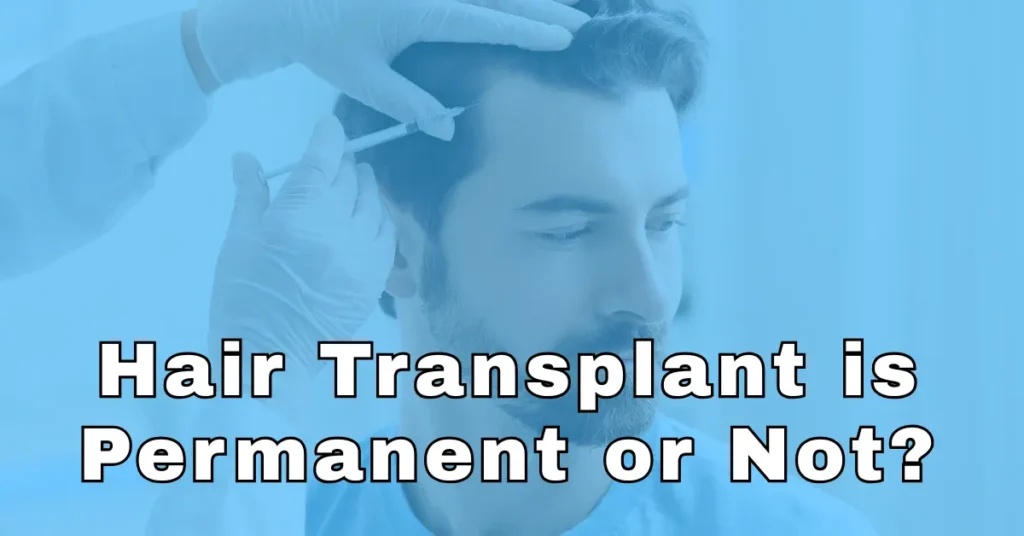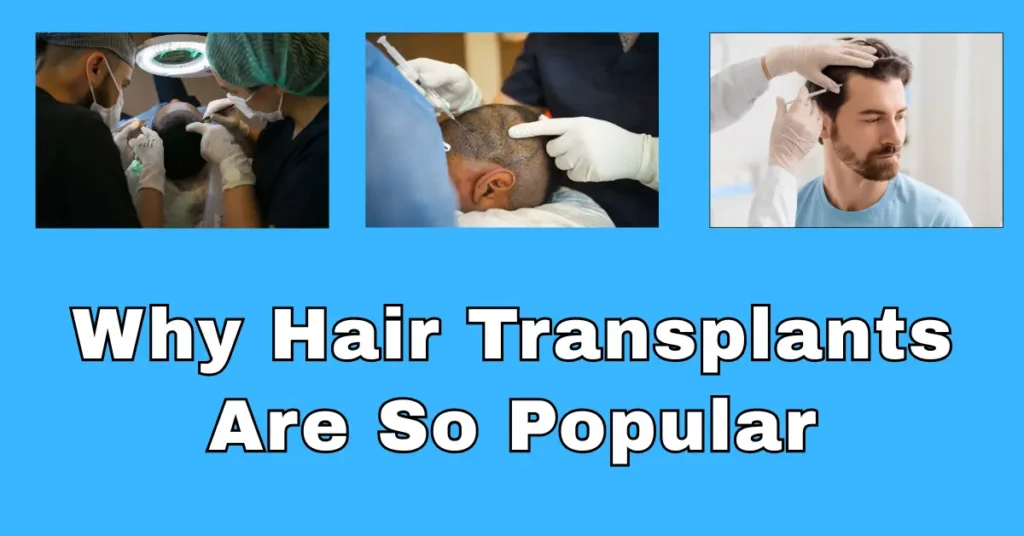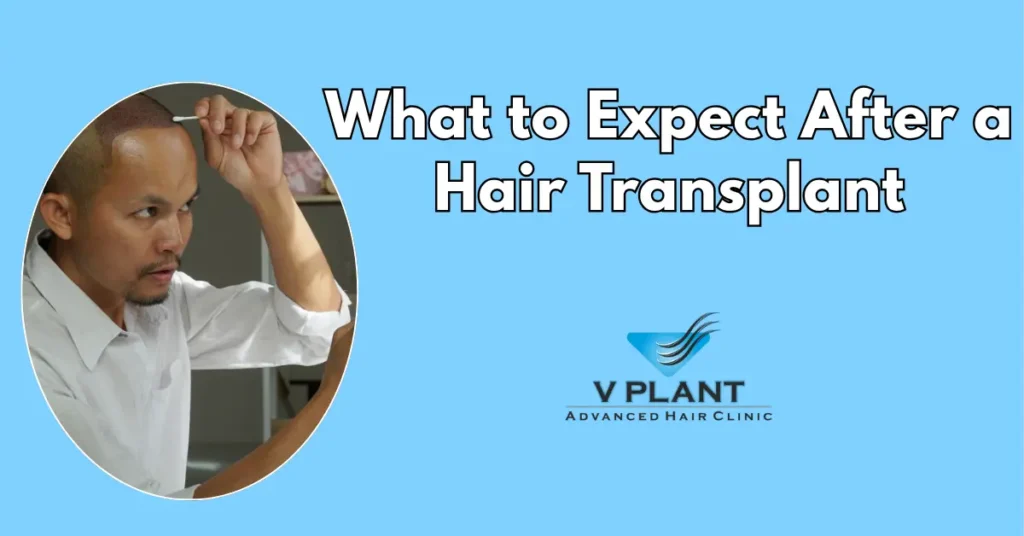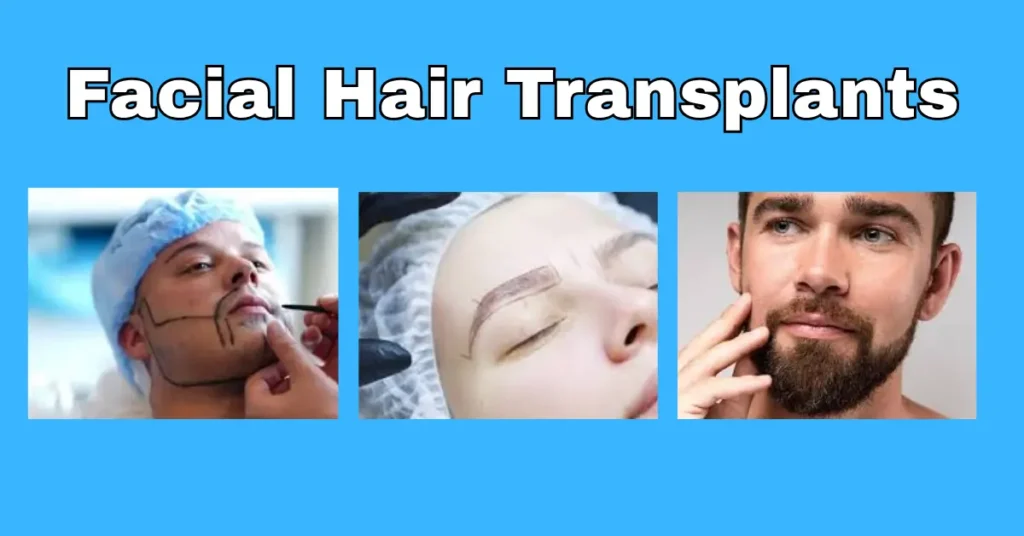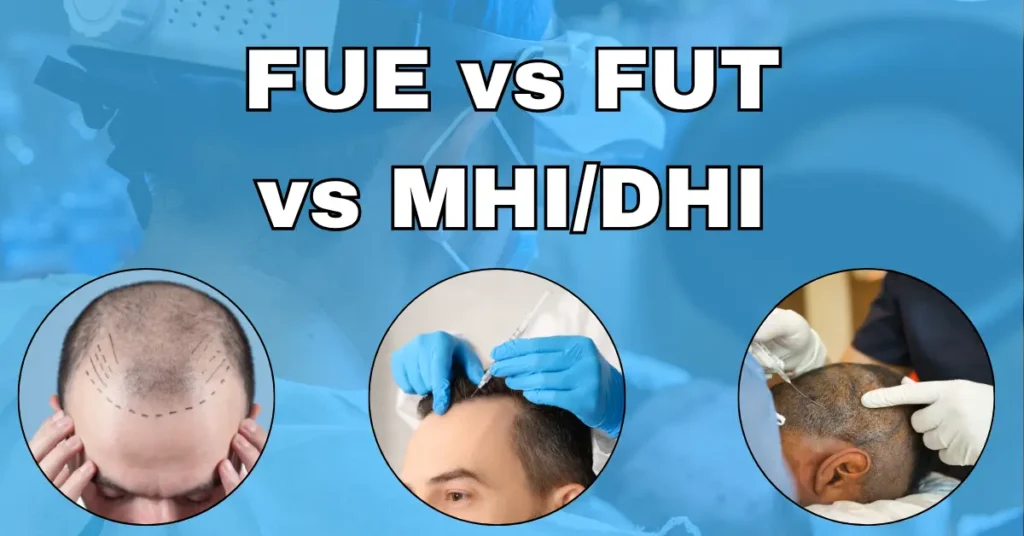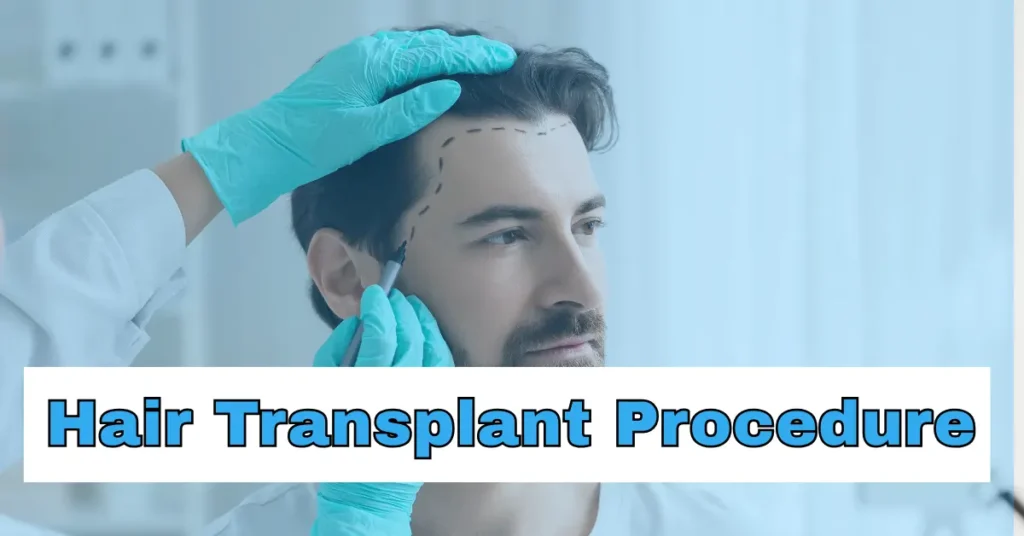Hair Transplant is Permanent or Not? This is one of the most common questions people ask when considering a solution for hair loss. A hair transplant procedure involves moving healthy hair follicles from the donor area, usually the back or sides of the scalp, to thinning or bald spots in the recipient area.
Because these transplanted hair follicles are resistant to DHT—the hormone linked to androgenetic alopecia (male and female pattern baldness)—the results are usually permanent. Once transplanted, the hair grows naturally. You can cut, style, and maintain it just like your original hair.
However, while transplanted hair lasts a lifetime, the non-transplanted hair around it may still thin over time. That’s why some patients may need additional care or follow-up sessions to maintain a fuller look. If you’re searching for a treatment for hair loss that feels natural, boosts confidence, and offers lasting results, hair transplant surgeries remain one of the most effective options.
Hair Loss and Why People Consider Transplants
Hair loss affects millions of men and women worldwide. For many, the experience of losing hair is not just a cosmetic issue—it impacts confidence and self-esteem. From thinning crowns to receding hairlines, the struggle is real.
That’s where hair restoration through hair transplant surgeries comes in. These surgeries are often viewed as the most reliable solution for hair loss. Yet the big question remains: “Is a hair transplant permanent or not?”
This guide explains everything you need to know—how transplants work, whether results last forever, types of hair transplant techniques, and what you can expect in the long term.
Understanding Hair Transplant Basics
A hair transplant procedure is a surgical method of moving healthy hair follicles from one part of the scalp (the donor site) to areas with thinning or baldness (the recipient area).
The main types of hair transplant procedures are:
- FUT (Follicular Unit Transplantation or Strip Method):
- A strip of scalp is removed from the donor site.
- It’s divided into hair grafts and implanted into the bald area.
- FUE (Follicular Unit Extraction FUE):
- Individual hair follicles are removed one by one from the donor area.
- These follicles are transplanted into the recipient area.
- DHI (Direct Hair Implantation):
- A modified version of FUE where follicles are implanted directly with a special tool.
- MHI (Micro Hair Implantation):
- Another advanced method focusing on precision placement for a more natural look.
Both traditional (FUT, FUE) and advanced (MHI, DHI) techniques aim to restore new hair growth naturally. The success and permanency of results largely depend on the transplant surgeons’ skill and the chosen method.
Is a Hair Transplant Permanent?
The short answer: Yes, hair transplants are considered permanent—with some conditions.
- Donor Dominance: Hair taken from the donor area (back and sides of the scalp) is genetically resistant to balding. When moved to bald spots, it retains this resistance.
- Transplanted Hair Growth: Once in place, transplanted follicles behave like natural hair.
- Longevity: In most cases, results last a lifetime. However, non-transplanted hair may continue to thin.
So while the hair transplant experience provides permanent hair in treated areas, the overall look may change over time depending on how your natural hair continues to thin.
Factors That Influence Permanency
Not every hair restoration outcome is the same. These factors play a role:
- Age of the Patient
- Younger patients may continue to lose hair after surgery. Surgeons often recommend waiting until hair loss stabilizes.
- Type of Hair Loss
- Androgenetic alopecia responds very well to surgery.
- Other conditions like alopecia areata or scarring may not.
- Types of Hair Transplant Techniques
- FUT, FUE, MHI, and DHI all give permanent grafts, but success depends on the hair transplant surgeon’s skill.
- Aftercare
- Following care instructions—avoiding harsh chemicals, eating well, and reducing stress—supports long-term success.
- Overall Health
- Hormonal imbalances or medical issues can slow hair regrowth.
What Happens After a Hair Transplant?
Patients often want to know the recovery timeline and hair transplant expectations:
- Weeks 1–3: Transplanted hairs shed (shock loss). This is normal.
- 3–4 Months: New hair growth begins.
- 6–9 Months: Hair starts to thicken and blend in.
- 12–18 Months: Full results are visible. The hair restoration looks natural.
Does Transplanted Hair Fall Out Again?
- Transplanted Hair: No, because transplanted follicles are resistant to balding.
- Non-Transplanted Hair: Yes, natural hair around the transplant may still thin.
To prevent this, transplant surgeons may combine the procedure with medications like minoxidil or finasteride to protect the remaining hair.
Comparing Permanency with Other Hair Treatments
- Hair Oils: Even the best oils only nourish; they cannot stop baldness.
- Medications: Work only if taken continuously.
- PRP Therapy: Strengthens follicles but isn’t permanent.
- Wigs & Extensions: Temporary and high-maintenance.
In comparison, FUT, FUE, and advanced FUE hair transplantations like DHI and MHI provide a lasting solution to hair loss.
Pros and Cons of Permanent Hair Transplant
✅ Pros
- Permanent solution for hair loss
- Natural-looking results
- Boosts self-esteem
- Low maintenance after recovery
❌ Cons
- Costly compared to temporary remedies
- Relies on skilled transplant surgeons
- Does not stop future thinning of native hair
- Recovery involves short-term redness, swelling, or shedding
Can You Lose Transplanted Hair in the Long Term?
Though rare, transplanted hair may thin due to:
- Poor surgical technique
- Smoking, stress, or poor nutrition
- Medical issues like thyroid or autoimmune conditions
With an experienced hair transplant surgeon, most patients enjoy permanent results and lifelong hair regrowth.
Long-Term Maintenance Tips
Even permanent hair needs care:
- Use mild shampoos and products.
- Eat a protein-rich diet with vitamins and minerals.
- Consider PRP or medications to protect existing hair.
- Massage scalp with nourishing oils for stronger hair follicles.
- Manage stress to prevent further thinning.
Realistic Hair Transplant Expectations
- A transplant restores thickness but won’t bring back your teenage hairline.
- The number of hair grafts depends on your donor site availability.
- Results take at least 12 months to fully show.
Conclusion: Is Hair Transplant Truly Permanent?
Yes, a hair transplant is permanent because transplanted hair follicles are resistant to balding. But permanency applies only to the transplanted area, not the rest of the scalp. Untreated areas may continue to lose hair.
If you’re struggling with thinning or baldness, consult an expert hair transplant surgeon. They can guide you on the best types of hair transplant procedures—whether FUT, FUE, MHI, or DHI—to match your needs.
In summary, while no treatment is perfect, hair transplant surgeries remain the most reliable long-term solution for hair loss, hair regrowth, and natural hair restoration for both men and women.










